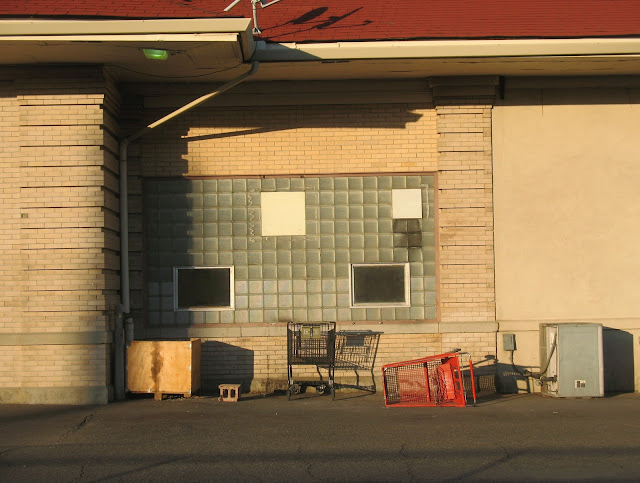by R. A. Morris
I was on a tour of inspection with the president of the Great Falls Council: “Have to make room,” he said, “for the younger generation, you know. I picked up the old Opera House for a song. $20,000 I think... eyesore and all that. Urban renewal without Washington
I turned to the “improvement.” The back half of a service staton had been leveled even with the street, with the rubble resulting from the demolition of the old Opera House. Progress 1966... Parking lot.
My mind’s eye flashed back to the dim past of over 40 years ago and to myself approaching the white glitter of the really grand Opera House with wonder and curiosity. A young gentleman of ten or eleven who would not be denied the excitement of the crowd (if not a peek at the performance, by some nefarious means or other).
The feature on this long-ago evening was a guy named Ignace Paderewski, a piano player. Nice features and a bob haircut on display out front. My bosom buddies departed at this point. They weren’t up to an evening of long-hair piano. I, however, had been conditioned to the classics by an older brother who played of long winter evenings until I had come to enjoy them,
The usual access of the non-paying guests was: up the drainpipe at the corner of the marquee, across the marquee to the balcony. This required very careful timing to avoid a racket. That night, however, all entrance was barred and only I, of all the freeloaders, was left. Everyone was inside but me; so, I sat on the hot sidewalk out front as though I lived there.
The sound, at first faint, gradually became louder until it occurred to me that they were opening the fire escape doors. I moved to the edge of the door where I might see the stage and no one but the performer could see me. There we were, the mighty Paderewski and I, face to face and not thirty feet apart.
The selections ran heavily to Rachmaninoff, my favorite. So, I got comfortable. I lay on my belly with my chin resting on my arms. There I stayed for the entire performance, never taking my eyes from the great one, and he not taking his from me except to take bows. Through the years I have asked myself why the great future President of Poland did it. Perhaps he wanted to see if he could hold the attention of one so young or, perhaps in some mysterious way, the feeling of the good life or the endlessness of time that I felt.
Who will know? I have always said that the President of Poland played a concert just for me when I was only ten years old or so. You see, I have always believed that because I know. The last bow he took after the finale was to the fire escape.





















